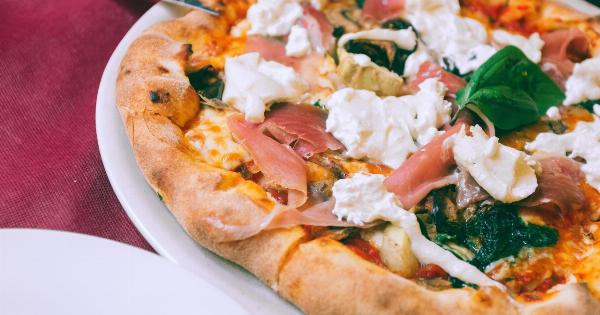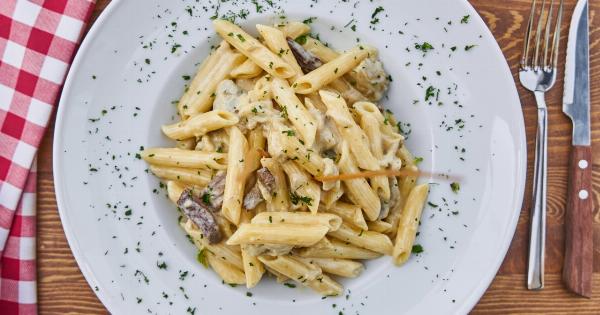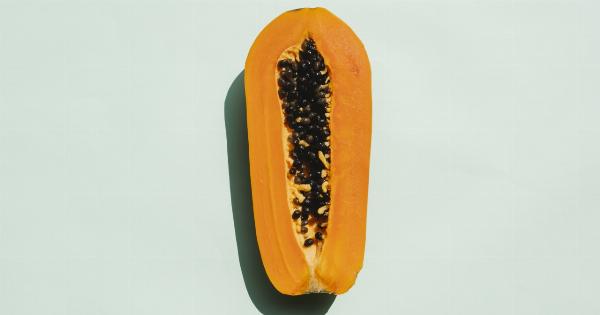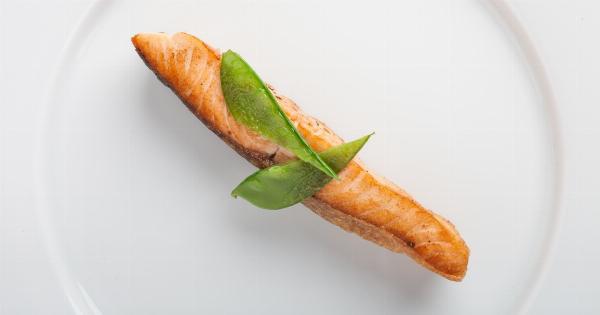Food fights are not limited to throwing pies or smearing cake on each other’s faces. The real food fight exists when it comes to deciding between two delicious and popular options such as pizza and souvlaki.
Pizza, a worldwide sensation originating from Italy, and souvlaki, a staple of Greek cuisine, have their unique flavors, toppings, and textures. However, one factor that often raises questions is their caloric content. Let’s delve into the nutritional aspects of these two beloved dishes and see which one might come out on top.
Pizza: A Cheesy Indulgence
Pizza is an iconic dish loved by millions around the globe. It typically consists of a thin or thick crust topped with tomato sauce, cheese, and various toppings.
The variety of toppings and crust styles available make pizza a versatile dish, catering to diverse taste preferences.
When it comes to calories, pizza can be a double-edged sword. The caloric content varies depending on the crust thickness, cheese types, and toppings chosen.
A standard slice of cheese pizza, approximately 14 inches in diameter, contains around 285 calories. However, the calorie count can skyrocket depending on additional toppings such as pepperoni, sausage, or extra cheese.
Notably, the cheese itself contributes significantly to the calorie count. Mozzarella, the cheese commonly used on pizzas, contains around 80 calories per ounce.
This pizza staple can quickly add up the calorie intake, particularly with heavy cheese-loaded pizza choices.
Souvlaki: A Greek Delight
Souvlaki, a popular Greek dish, offers a tantalizing combination of grilled meat, vegetables, and pita bread. The dish generally consists of small pieces of marinated pork, chicken, or lamb skewered and cooked over an open flame.
It is often served with tzatziki sauce and accompanied by a fresh Greek salad.
In terms of caloric content, souvlaki tends to be a healthier option compared to its pizza counterpart. A typical serving of chicken souvlaki, including the meat, vegetables, and pita bread, adds up to approximately 280-350 calories.
The use of lean meats, including skinless chicken breast, reduces the calorie count compared to fatty meat options.
Additionally, the accompanying tzatziki sauce, commonly made from yogurt, cucumber, and garlic, is relatively low in calories.
This yogurt-based sauce provides a creamy and refreshing flavor without significantly adding to the overall caloric content of the dish.
The Toppings Factor
Both pizza and souvlaki offer a wide range of toppings that can significantly impact their respective caloric contents. Let’s explore how various toppings can contribute to the overall calorie count of these dishes.
Pizza Toppings
Pizza toppings vary from classic options like pepperoni, mushrooms, and onions to more contemporary choices such as barbecue chicken or pineapple. While these toppings enhance the flavor profile of a pizza, they can also increase its caloric content.
Pepperoni, a popular pizza topping, is known for its high fat and calorie content. Just six slices of pepperoni can contribute around 120 calories and 10 grams of fat to a pizza.
Similarly, adding extra cheese or opting for a deep-dish crust can significantly increase the overall calorie count.
Souvlaki Toppings
Souvlaki toppings typically include fresh vegetables like lettuce, tomatoes, onions, and cucumbers. These toppings provide essential nutrients and add a delightful crunch to the dish.
However, the main focus of souvlaki lies in the marinated and grilled meat.
While the meat itself might contain moderate calories depending on the type and portion size, it’s essential to be mindful of any added sauces or dressings. Tzatziki sauce, usually served with souvlaki, has a relatively low caloric content.
However, adding additional sauces like mayonnaise or a creamy yogurt-based dressing can increase the overall calorie count.
Portion Size Matters
When it comes to calorie intake, portion size plays a crucial role. Both pizza and souvlaki can be consumed as an entire meal or served in smaller portions as appetizers or snacks.
While it’s tempting to indulge in an entire pizza or a platter of souvlaki, it’s essential to consider the calorie content per portion.
Opting for smaller portions not only helps manage calorie intake but also allows for a more balanced and varied diet.
Making Healthier Choices
For those conscious of their caloric intake, there are ways to enjoy pizza and souvlaki while making healthier choices. Here are a few strategies:.
1. Pizza Modifications
When ordering pizza, consider thin crust options instead of deep-dish or stuffed crust varieties. Thin crust typically reduces the overall caloric content.
Additionally, opting for vegetable toppings like mushrooms, bell peppers, or spinach can add vitamins and minerals without significantly contributing to the calorie count.
2. Souvlaki Swaps
In souvlaki, choosing leaner meats like chicken breast can reduce the calorie content. Additionally, consider having the pita bread on the side or opting for a whole wheat version for a healthier, fiber-rich alternative.
Controlling portion sizes can also make a substantial difference.
3. Homemade Delights
Preparing homemade versions of pizza and souvlaki allows for better control over ingredient choices and portion sizes.
Experimenting with different vegetable toppings, lean meats, and healthier sauces can enhance the nutritional value and reduce excess calories.
Conclusion
When it comes to the ultimate food fight between pizza and souvlaki, the caloric content of these dishes can vary significantly. Pizza, with its cheese-loaded goodness and a myriad of topping options, tends to be higher in calories.
On the other hand, souvlaki offers a grilled and lean meat option, serving alongside fresh vegetables and Mediterranean flavors, making it a relatively healthier choice.
Ultimately, the choice between pizza and souvlaki comes down to personal preferences and dietary goals. Moderation and mindful portion control can help strike a balance between indulgence and healthy eating.






























